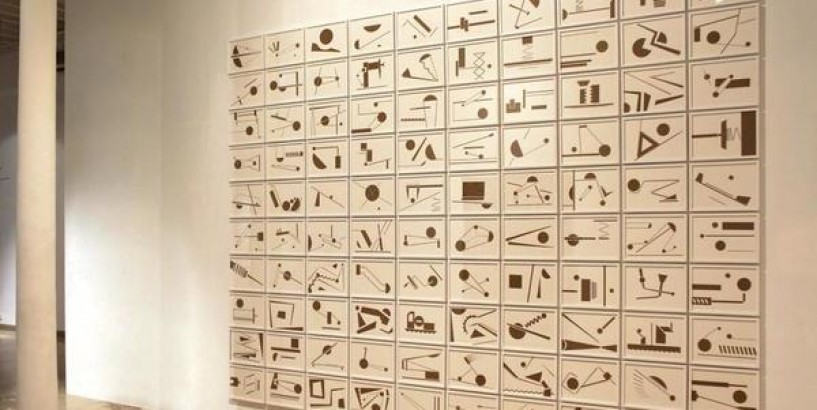In May, artist Ankush Safaya hosted a new solo show, Anantata—Hymns Of Graphical Notation , at the Sakshi Gallery in Mumbai.
Fascinated by the flow of rhythms—in urban structures, human energies, the clock’s ticking, the heartbeat—he interpreted these through evocative line patterns. Safaya’s non-figurative language, as evident through the graphite and oil works on canvas, has impressed many, including artist Rekha Rodwittiya and philanthropist Asha Jadeja. And now, he has become the first recipient of the Motwani Jadeja Foundation Arts Residency, started by Jadeja in collaboration with Rodwittiya’s The Collective Studio Baroda.
The US-based residency, set to start in July, is ideal for ideators who think out of the box. According to Jadeja, the vision is to enable Indian artists to have a strong presence in the global marketplace. “I have supported the arts for some time, and believe that art, technology and society need to be in constant dialogue. The Motwani Jadeja Foundation Arts Residency plans to stretch the artistic imagination beyond the usual boundaries as we plunge curious artists into the magical world of algorithms, wave functions and quantum walks," she says.
The collaboration, according to Jadeja, offers a great starting point for the residency to explore the world of emerging artists in India through The Collective Studio Baroda—set up in the traditions of guru-shishya practice, where students and teachers live and work together in Rodwittiya’s home—and for the latter to offer a deeper dive into the world for digital media for interested students. “I see great value in the vision that the Motwani Jadeja Foundation propagates through its existing programmes, hence my commitment to assist the same. Creating bridges of learning between South Asia and the US has been a focus of the foundation since its inception," says Rodwittiya.
The programme offers a two-month residency to an artist, who is invited to work in the US. The first edition will be hosted in New York, but, for logistical reasons, future residencies will be located in the San Francisco Bay Area, where the foundation office will handle all the operational requirements of the programme.
The duo chose Safaya as they saw he had already started making an impact on the Indian art scene. “I saw Ankush’s works when I visited The Collective Studio Baroda (where he has been a permanent resident since 2014). He has gone through the rigour and discipline which are the hallmark of Rekha and Surendran Nair’s (artist and Rodwittiya’s husband) styles," says Jadeja. Concurring, Rodwittiya feels that Safaya’s personal narrative adds to his appeal as well. He trained as an engineer, but while attempting to conform to his parents’ desire to have a profession that offered job security, secretly nursed the desire to make a mark in art. His art holds oblique connections to his background in engineering. And today he is represented by the Sakshi Gallery, Mumbai.
Going forward, the foundation expects to have artists-in-residence all year round, some through The Collective Studio Baroda, and others through Jadeja’s relationships with artists, whose work she has collected over the years.
The duo expects the residency to grow. “It is still early days, but we want to kickstart this venture and establish its smooth functioning, so that it holds longevity as a recurring event of merit and purposefulness. Above all, we want to encourage discourses that are about inclusiveness and which offer learning without prejudice or bias," says Rodwittiya.









